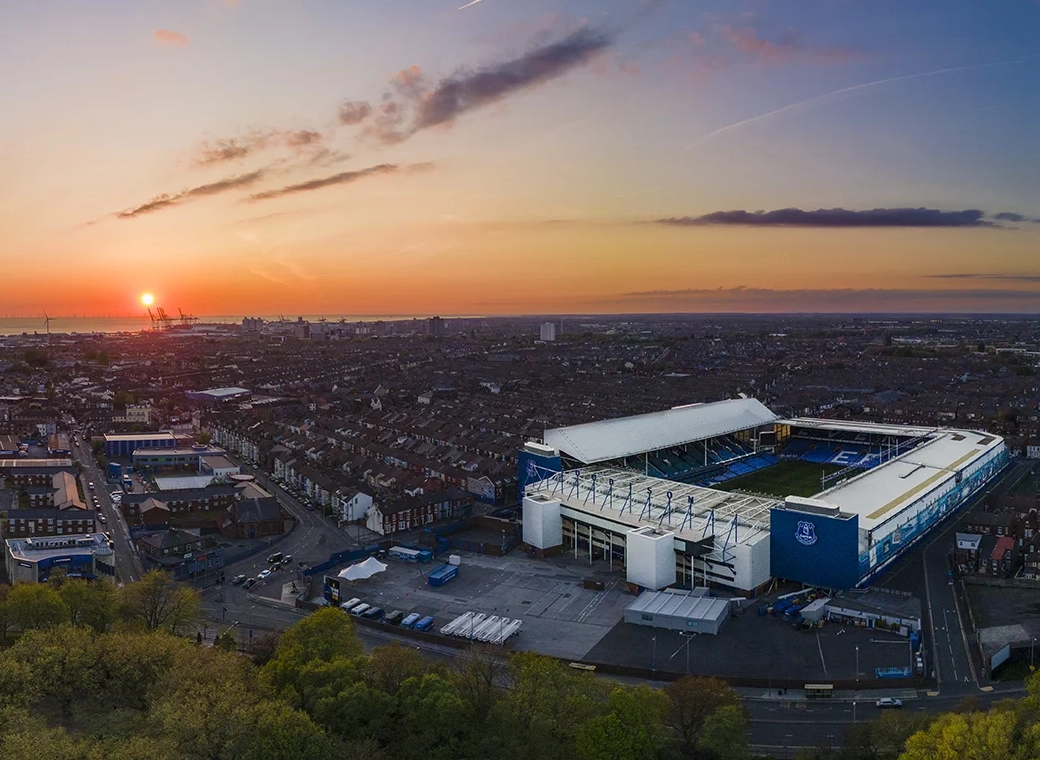You are using an out of date browser. It may not display this or other websites correctly.
You should upgrade or use an alternative browser.
You should upgrade or use an alternative browser.
Commercial Airliners
- Thread starter TX Bill
- Start date
- Status
- Not open for further replies.
HAHHAHAHAHAHAHAHA!!!!!!!
Frank Gallagher
Player Valuation: £50m
TX Bill
Player Valuation: £80m
A fan... of planes? This like trainspotting? fo'real? AND you own guns?
Yeah.
I didn't think the two are mutually exclusive.
A bit cheesy, but true to the workload of instrument flying for a novice
A professional approach (with autopilot help; unfortunately no ATC radios)
A professional approach (with autopilot help; unfortunately no ATC radios)
Have you seen The Hunt for Red October? The part where they are doing that high speed canyon run and the Navigator said he could navigate the Alps in a plane with no windows with just a stopwatch, compass and map?
Yeah, thats me. Underwater navigation. So they guy there landing on instruments are what submarines do every single day once submerged.
Have you seen The Hunt for Red October? The part where they are doing that high speed canyon run and the Navigator said he could navigate the Alps in a plane with no windows with just a stopwatch, compass and map?
Yeah, thats me. Underwater navigation. So they guy there landing on instruments are what submarines do every single day once submerged.
Fair point, but between instrumentation and the fluid dynamics or air (and speed of craft), I'm guessing there are a few differences.
But yes, if you can conceptualize yourself flying in the dark, it goes a long way to competent navigation.
Seathestars
Player Valuation: £60m
I'm not sure how subs navigate under water, maybe @Dylan could explain a little, but I imagine its similar to ships and planes, great circle, with rhumb lines etc, I might be well wide of the mark.Fair point, but between instrumentation and the fluid dynamics or air (and speed of craft), I'm guessing there are a few differences.
But yes, if you can conceptualize yourself flying in the dark, it goes a long way to competent navigation.
At least on ships and planes you can use celestial navigation to check your instruments, would be interesting to know how subs check their nav equipment.
I'm not sure how subs navigate under water, maybe @Dylan could explain a little, but I imagine its similar to ships and planes, great circle, with rhumb lines etc, I might be well wide of the mark.
At least on ships and planes you can use celestial navigation to check your instruments, would be interesting to know how subs check their nav equipment.
Ok. The methods will vary a bit based on available inputs.
Celestial navigation is no longer required onboard US Navy ships, as we have GPS (I would like to point out that we still carry sextants and all the log tables on board just in case, and I took it upon myself to teach myself celestial navigation out of the books). GPS can still be encrypted, inserting errors into the positions given by commercial units that don't have the encryption key. If the poop hit the fan, those errors would be inserted and only military GPS would be accurate.
Now, for GPS to work, you need LOS to those satellites. 2 satellites gives a poor fix. 3 gives a fair, 4 gives a good and 5 gives an excellent fix, with full 3D spatial positioning (altitude man!!!!).
As such, underwater, a submarine doesn't have LOS to those satellites, so we use estimated positions. On the fast attack, we use RLNG's (Ring Laser Gyro Navigators) which generally give you a position error of around 1nm over a week-ish. On the boomers, we use ESGN's (Electrostatically Suspended Gyro Navigators) which have a much higher accuracy. I can't give you the numbers as I would get into trouble, as we keep that a guarded secret, but put it this way - they are accurate enough to shoot Nuclear Weapons with (and the fallacy of not needing good accuracy due to the BOOM is untrue....strategic weapons need a high degree of accuracy). Every so often (again, can't tell you how often) we reset the ESGN position to a GPS fix.
Of course we have other methods as well, should the GPS constellation be destroyed, so we can fix our position using bathymetric fixes, or we just do the old fashioned DR (dead reckon) where we say, "this direction with this speed, with this set & drift over this period of time means we are here" Obvs this is subject to accurate set & drift and having a good helm who steers his course well. And making sure you update your DR constantly due to changes.
Set & Drift......we calculate that underwater by using EM Logs. Two large paddles that stick out the bottom of the sub on either side. An electrostatic field is generated around them, and it takes inputs from the SCAP (Ship control and Alarm Panel - which is electronic readings from the ships gyro for heading and from the engine room for shaft speed). It then measures the electrostatic field distortion and compares it to the inputs. The difference is the speed and direction of the ocean current.
We use Mercator projection charts, and will often chart direct and great circle routes as a matter of routine. As part of the navigation division, we learn it all....electronic navigation, visual navigation, radar navigation, bathymetric navigation. We need to be able to do it all if our primary sources fail for whatever reason.
Question? As you might be able to tell, I would be happy to answer them.
Seathestars
Player Valuation: £60m
So quite similar, and interesting how you calculate set and drift for dead reckoning.Ok. The methods will vary a bit based on available inputs.
Celestial navigation is no longer required onboard US Navy ships, as we have GPS (I would like to point out that we still carry sextants and all the log tables on board just in case, and I took it upon myself to teach myself celestial navigation out of the books). GPS can still be encrypted, inserting errors into the positions given by commercial units that don't have the encryption key. If the poop hit the fan, those errors would be inserted and only military GPS would be accurate.
Now, for GPS to work, you need LOS to those satellites. 2 satellites gives a poor fix. 3 gives a fair, 4 gives a good and 5 gives an excellent fix, with full 3D spatial positioning (altitude man!!!!).
As such, underwater, a submarine doesn't have LOS to those satellites, so we use estimated positions. On the fast attack, we use RLNG's (Ring Laser Gyro Navigators) which generally give you a position error of around 1nm over a week-ish. On the boomers, we use ESGN's (Electrostatically Suspended Gyro Navigators) which have a much higher accuracy. I can't give you the numbers as I would get into trouble, as we keep that a guarded secret, but put it this way - they are accurate enough to shoot Nuclear Weapons with (and the fallacy of not needing good accuracy due to the BOOM is untrue....strategic weapons need a high degree of accuracy). Every so often (again, can't tell you how often) we reset the ESGN position to a GPS fix.
Of course we have other methods as well, should the GPS constellation be destroyed, so we can fix our position using bathymetric fixes, or we just do the old fashioned DR (dead reckon) where we say, "this direction with this speed, with this set & drift over this period of time means we are here" Obvs this is subject to accurate set & drift and having a good helm who steers his course well. And making sure you update your DR constantly due to changes.
Set & Drift......we calculate that underwater by using EM Logs. Two large paddles that stick out the bottom of the sub on either side. An electrostatic field is generated around them, and it takes inputs from the SCAP (Ship control and Alarm Panel - which is electronic readings from the ships gyro for heading and from the engine room for shaft speed). It then measures the electrostatic field distortion and compares it to the inputs. The difference is the speed and direction of the ocean current.
We use Mercator projection charts, and will often chart direct and great circle routes as a matter of routine. As part of the navigation division, we learn it all....electronic navigation, visual navigation, radar navigation, bathymetric navigation. We need to be able to do it all if our primary sources fail for whatever reason.
Question? As you might be able to tell, I would be happy to answer them.
Your answer brought back memories of frustration, perspiration and jubilation from when I was in college, tough subject to learn but the feeling of euphoria when you pass the exams is indescribable, I'm sure you know that feeling.
Have a great day.
I'm not sure how subs navigate under water, maybe @Dylan could explain a little, but I imagine its similar to ships and planes, great circle, with rhumb lines etc, I might be well wide of the mark.
At least on ships and planes you can use celestial navigation to check your instruments, would be interesting to know how subs check their nav equipment.
I'm aware that military navigators know celestial navigation, or at least were trained in this until recently, but it's not relevant to commercial aviation in any way that I know. Historically, flight navigation is radio navigation but now GPS (also called GNSS) the navigation standard. I'm aware that many/most/all military aircraft have some form if INS (as it's been described to me; Inertial Navigation System), which is a gyro-driven system much like the RLGN, etc, Dylan describes. These are made to set and be accurate throughout the mission so that you can fly without radio aid (i.e., into hostile territory). I'm not aware of this on any commercial aircraft, but maybe it's present. You can set google maps on your iPad, turn off the wifi, and it will continue to provide offline map guidance based on the electronic gyros in the iPad, so this is technology that can be replicated at lower cost now.
Old school flight navigation is very simple: the needle is tuned to point in the direction of the radio, literally a "homing device" (and it works on AM radio technology.) This is heavy lifting for the navigator, however, because it gives no information on where you are, just where the device is located. Precise navigation comes through using VHF "omni-range" radio (VOR), a high frequency radio that is location specific, provides information on 360 1-degree tracks around the radio. This lets me tune in a specific course (i.e., West from, 270 from, or East to, 090 to, being the same course) and provides specific location information. So if the needle moves left, I am right of course and need to move left. VOR has some limitations, specifically range and sensitivity. As you get closer to the radio, these 1-degree separated pathways get closer and the needle "jumps" and becomes less reliable. Modern approach navigation is based off the VOR, but is stripped of the "extra" nav information but only shows the path specific to the runway. This can be tuned to provide altitude information as well, and so the one frequency provides a specific path guidance down to the runway and this is your standard ILS approach.
So instrument charts for flying can be very confusing; they provide information on the nav frequencies and pathways to be used with limited other information.

And specific approaches each have their own chart ("approach plate") that give information specific to landing. (Dylan will find this all very boring, as the navigation is quite simple; the pilot's burden is workload, balancing the flying, communication, and navigation--and don't forget to tell the flight attendants to prepare for landing.)

GPS makes all of much easier, because you can chart your own path, and coupled with today's "glass cockpit" technology, that allows you to overlay information directly in front of you, it gets much, much simpler.
In fact, what I can do with an iPad and a $99 BT GPS device is impressive, even if it's not sufficient for navigation.

As such, underwater, a submarine doesn't have LOS to those satellites, so we use estimated positions. On the fast attack, we use RLNG's (Ring Laser Gyro Navigators) which generally give you a position error of around 1nm over a week-ish. On the boomers, we use ESGN's (Electrostatically Suspended Gyro Navigators) which have a much higher accuracy. I can't give you the numbers as I would get into trouble, as we keep that a guarded secret, but put it this way - they are accurate enough to shoot Nuclear Weapons with (and the fallacy of not needing good accuracy due to the BOOM is untrue....strategic weapons need a high degree of accuracy). Every so often (again, can't tell you how often) we reset the ESGN position to a GPS fix.
Be surprised if your gyro navs aren't more accurate than GPS, but then I've only used commercial GPS. And I suppose length of time using the gyro without recalibration adds up to your presumption of accuracy. Is there still some element of signal degradation, or has that gone away entirely, or are you not allowed to say?
TX Bill
Player Valuation: £80m
- Status
- Not open for further replies.










